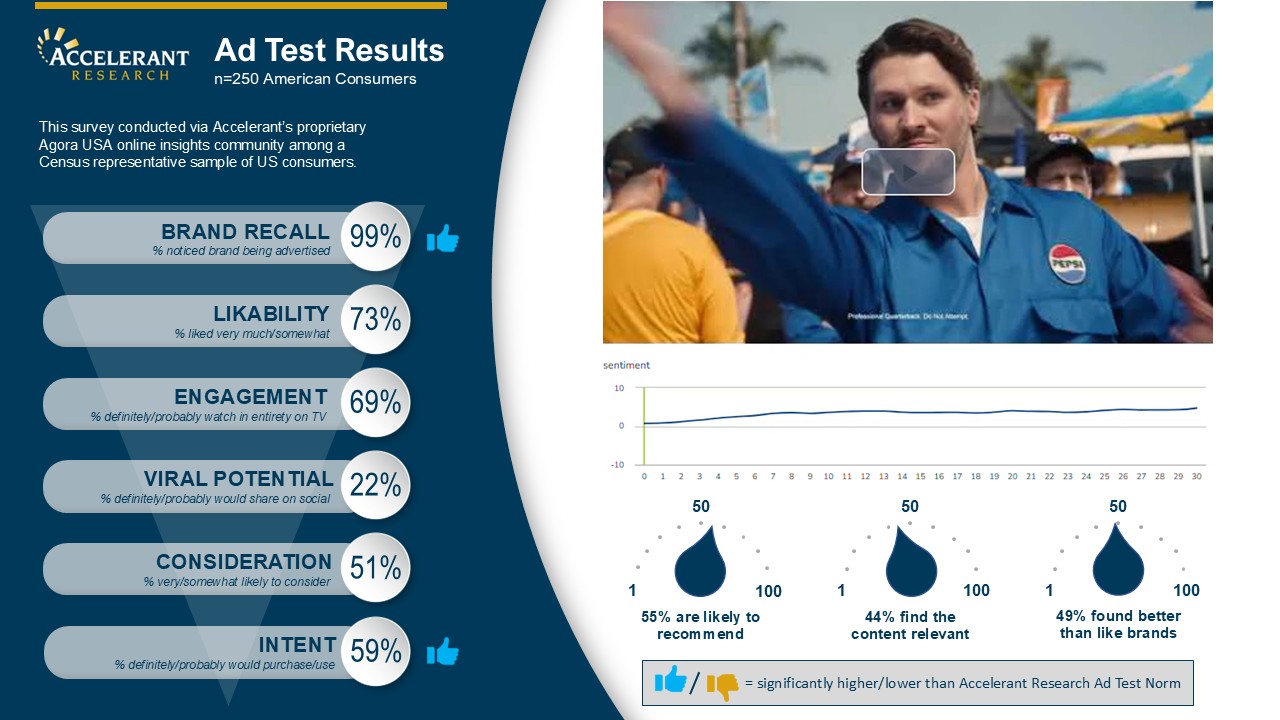We’ve all been in that meeting. A junior analyst or researcher stands up, screen-shares a dashboard, and begins to narrate the data.
"Our survey shows 55% of users prefer feature A over feature B."
"Website traffic from this channel is down 15% month-over-month."
"In our user interviews, three out of five participants said the onboarding process was 'confusing'."
The data is accurate. The observations are correct. But when they finish, the room is silent. The project team looks around, thinking the same thing: "Okay... so what?"
This is the critical gap that separates a junior analyst from a senior strategist. Junior folks report observations. Strategists tell stories that compel action.
After leading Go-to-Market teams at companies like T-Mobile and OfferUp, I, Brett Krajewski, VP of Research & Growth, have seen firsthand that the most valuable insights don't come from a single chart; they come from the synthesis of many. Your greatest weapon isn't the data point itself, but the narrative you build by connecting it to the wider world.
Here’s how to make that leap.
Level 1: The Reporter - Stating the "What"
Most people start their careers here, and it's a necessary foundation. The Reporter is skilled at gathering data and presenting clean, factual observations. They are the masters of "what."
- They deliver findings: "Churn rate is 8%."
- They isolate data: "This user segment has a low NPS score."
- They are descriptive: "70% of support tickets are about this one issue."
This work is crucial. Without accurate "whats," any further analysis is built on sand. But stopping here leaves the burden of interpretation entirely on the audience. It forces product managers, marketers, and leaders to do the heavy lifting of connecting the dots.
Level 2: The Strategist - Building the "So What" and "Now What"
A strategist understands that no data point exists in a vacuum. They zoom out to connect disparate pieces of information, weaving them into a coherent narrative that provides both macro context and actionable nuance.
Here are the three practices that elevate an analyst to a storyteller.
1. Synthesize, Don't Just Summarize
A summary recaps findings. A synthesis connects them to reveal a deeper truth. Instead of presenting a list of isolated data points, the strategist actively looks for the gravitational center holding them together.
Reporter: "Churn is up 8% (Quantitative). Our NPS survey shows low satisfaction with customer support (Qualitative). Support tickets for 'billing confusion' are up 50% (Operational)."
Strategist: "The 8% spike in churn isn't an isolated event. It's the lagging indicator of a trust deficit. Our NPS data shows a direct correlation between low scores and support interactions, and a 50% surge in 'billing confusion' tickets tells us exactly where the fire is. So what? We aren't losing customers over price; we're losing them because our billing process is eroding their trust."
See the difference? The strategist combined quantitative, qualitative, and operational data to diagnose the root cause.
2. Weave in the Macro Context
A project team is often hyper-focused on their own metrics and timelines. A strategist's job is to lift their gaze and connect their work to the bigger picture. This means layering in macro trends.
Is there a market shift happening? A new competitor gaining ground? A change in consumer behavior (e.g., post-pandemic digital habits)? A broader economic headwind like inflation?
Reporter: "Our e-commerce conversion rate dropped 2% last quarter."
Strategist: "While our conversion rate saw a 2% dip, we need to view this in context. The entire retail sector saw a 5% downturn last quarter due to inflation concerns, according to industry benchmarks. Our primary competitor dropped 4%. So what? This isn't just our problem; it's a market-wide headwind. Our relative performance is actually strong. Now what? Instead of panicking about our funnel, let's double down on our value messaging to address consumer price sensitivity."
By adding that macro layer, the strategist reframed the narrative from "we are failing" to "we are navigating a storm better than most," leading to a completely different and more effective strategic response.
3. Provide Actionable Nuance, Not Vague Recommendations
The final step is to bring the high-level story back down to earth with clear, actionable guidance for the team on the ground.
Reporter: "Recommendation: We should improve the onboarding process."
Strategist: "Our story shows the core issue is a trust deficit originating from billing confusion. While the long-term fix is a billing system overhaul, we can take immediate action. The data shows the drop-off happens right after the free trial ends and the first invoice is generated. Now what? Let's task the product team with creating a proactive 'What to Expect on Your First Bill' module within the onboarding flow. For the marketing team, let's create a one-page explainer and a short video to be sent to users three days before their trial ends. We'll measure success by tracking support tickets and 60-day retention for this cohort."
This recommendation is specific, assigns ownership, and provides clear success metrics. It gives the team the nuance they need to act with confidence.
From Data Point to Decision
The demand for data reporters is finite. The demand for strategic storytellers is limitless.
To make the leap, you must elevate your perspective. Look beyond your spreadsheet. Connect the dots between what the numbers say, what the customers feel, and what is happening in the world.
Stop just presenting data. Start using it to build a story that drives clarity, conviction, and decisive action. That is how you become indispensable.







.png)



